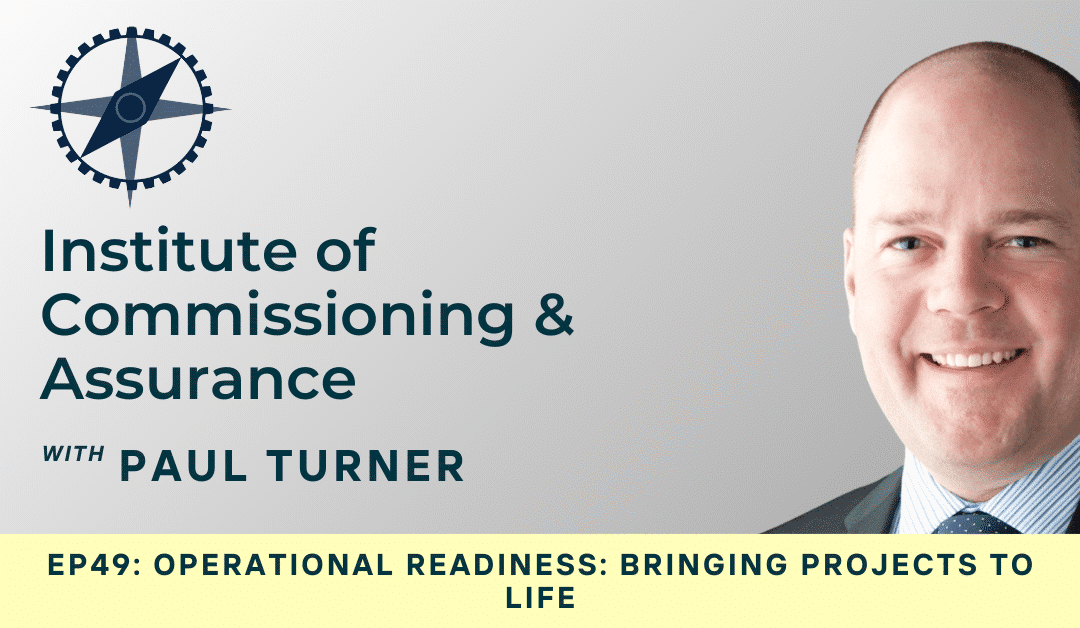Q: Have you experienced conflict with EPC and EPCMs? Typically, they love construction, buy tons of structures, and run away from assuming responsibilities which are inherent for commissioning and operational readiness. What are your thoughts on that one?
A (David): Well, Paul, yes, absolutely, and not indirectly in the operational readiness, but that actually comes in the interfaces. So I have been in projects where you don’t put these in the contractual terms, especially when you have mega projects, right? So, multi-billion-dollar projects, if you don’t anticipate that in the contractor relationship, you’re going to have multiple contracts, you’re going to start being hit with change orders, right? So I’m not supposed to manage these, I’m not supposed to report on that, or I mean, I’m here just to, especially when you have very highly specialized vendors, right? So they have proprietary information. If you don’t actually set up the rules of the game upfront in the program, you are going to really face a lot of interface issues. And that interface is going to be with the integration of the operational readiness program. Operational readiness relies a lot on integration. And if you don’t have a good grasp on that, yes. So the EPC, EPCMs, and moreover, vendors, specialized vendors, I mean, if you see an EPCM, yes, I have experienced that, but it’s manageable. It is when you actually go to very specific vendors that are either managed by EPCMs, depending on the model, or you are actually managing yourselves, trying to obtain information. And as I mentioned in the beginning, this information is going to be produced at different stages and different levels of availability. You’re going to have to take decisions with incomplete information or with not up-to-date information, or even more, you’re going to have to update information on the fly and understand how this impacts the overall operational readiness scheme. So a piece of information, we actually have a project where a Sulfrox trade technology from Shell package, and when we actually, based on some information that we had with the reservoir, when we actually started drilling just for final tests, we found that the mercaptan levels were too high, and the entire front package was pretty much thrown to the garbage. So it was a big, big miss. I would say it’s a big updating information. So then we actually had to rapidly deploy a capture package and so on. So you can see here that if you don’t anticipate, if you are not on top of the game in the operational readiness, you can actually run into troubles, specialized information, specialized vendors, and EPCM. So everything, the devil is not in the details, the devil is in the interfaces.


Recent Comments